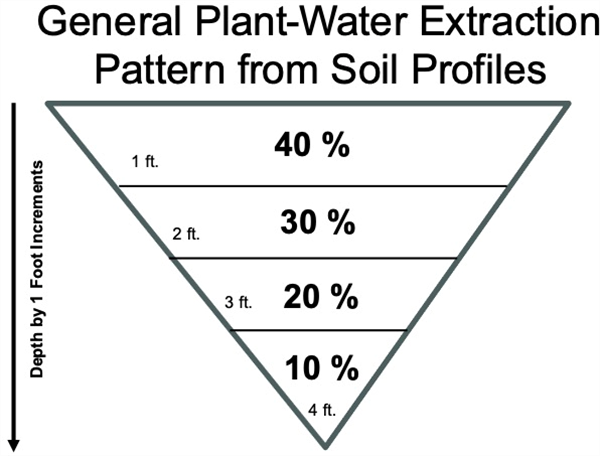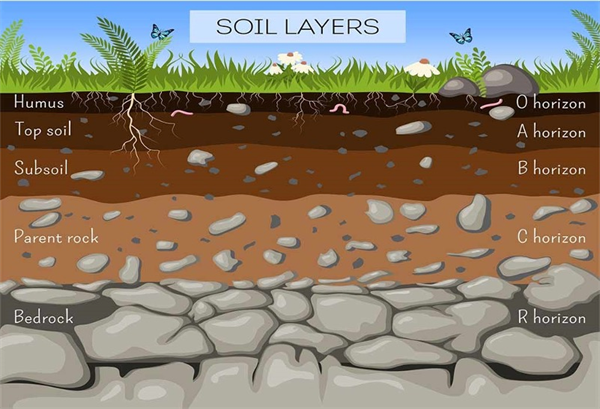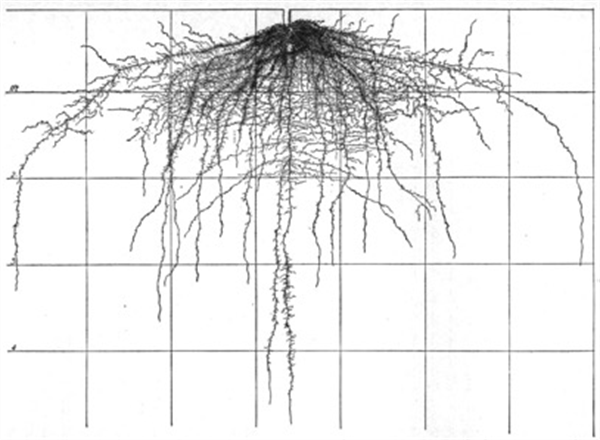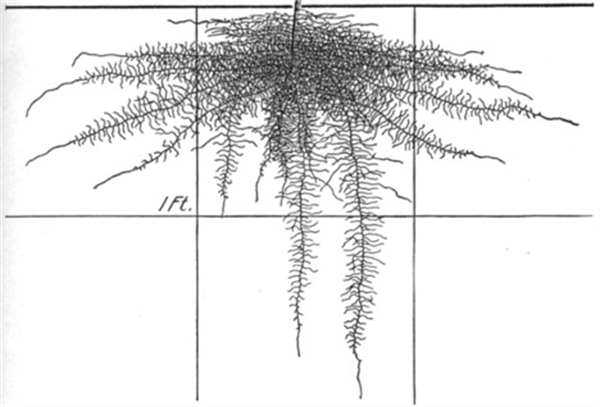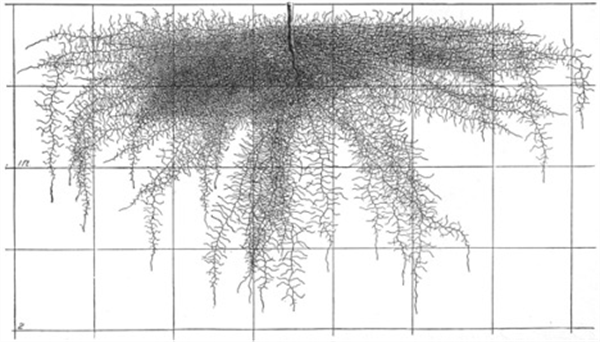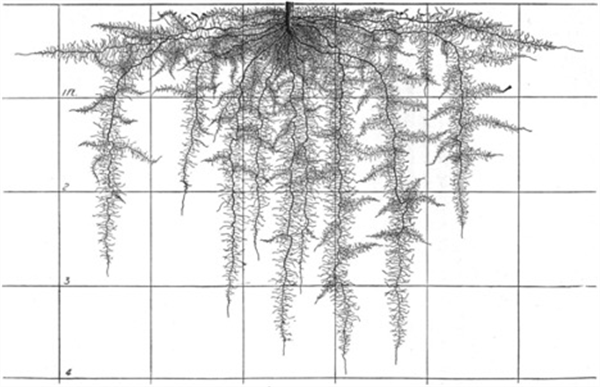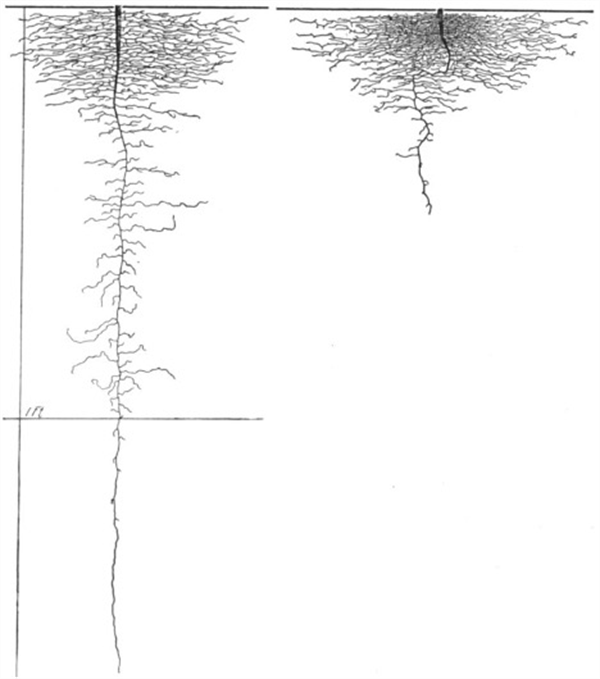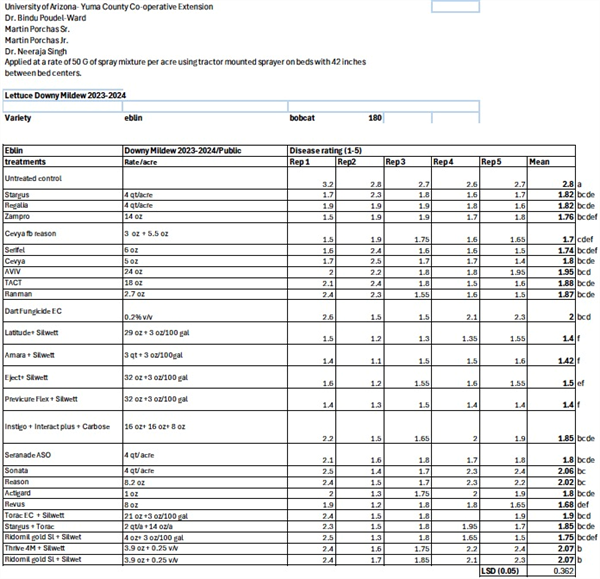-
Jan 25, 2023Spring Pest Pressure Beginning to IncreaseLettuce Aphid (LA) The first report of Lettuce aphid (LA) arrived last week. We identified a small colony infesting the terminals of romaine at two separate locations in the Wellton area. This is about normal for LA; they typically begin to show up in late January. In contrast, last season we began finding heavy colonies of LA in early December and they became worse as the spring season progressed. We’ve also seen an increase in trap catches of winged aphids, particularly in the Yuma and Gila Valleys. A few things to remember about LA relative to the other aphids we commonly see. First, the immature nymphs are small and have a red appearance, whereas the apterous (wing-less) adults are typically a large brown colored aphid with dark bands running across the abdomen. . For a quick guide to identifying aphids see the UA Aphid ID Guide Second, among the crops we grow locally, lettuce aphids are only found on the lettuce types (Lactuca spp.). Lettuce aphids prefer to colonize the terminal growth, and can often be found in heads or hearts, whereas green peach aphids are often found on the frame leaves in high numbers before moving into the heads. Third, they can reproduce prolifically, producing many more alates (winged) adults than other species, which can quickly lead to widespread abundance in a field and dispersal throughout a growing area. Finally, as the saying goes "he who hesitates is lost". If lettuce aphids are found on your lettuce, it is recommended that you respond quickly with an insecticide treatment. For more information on lettuce aphid please refer to Lettuce Aphid on Spring Produce-2023.
Diamondback moth Although armyworm, looper and earworm activity has been seasonably light over the past month, peak DBM adult activity occurred in early January across all traps and remain high (see Areawide DBM Moth Trapping Network). More troubling though are recent PCA reports of DBM infestations requiring treatment in cauliflower, cabbage and broccoli. You might not expect this given the cooler temperatures. DBM is a different beast though. It will remain active in much lower temperatures than the other Leps. On many days during the past month, DBM continued to develop unchecked, whereas the other Lep species were essentially quiescent. Remember: prompt destruction of crop residue following harvest is helpful. So, be very aware of DBM on young brassica crops (including seed crops) and expect to see DBM more abundant this spring than normal. For more guidance on DBM management see (2023 Guidelines for Diamondback Moth Management in Desert Cole Crops).
Thrips Thus far, sticky traps and plant samples have shown relatively little activity, but trap counts are usually low this time of the year – see Areawide Insect Trapping Network PCAs have generally reportedlight thrips activity throughout the area, and populations on lettuce at YAC are light. However, do not be complacent when it comes to managing thrips, especially with the threat of INSV out there. As temperatures increase , thrips populations can build up quickly. I recommend you be vigilant in keeping thrips suppressed, particularly in lettuce field near transplants and weedy areas where viruliferous adults might be awaiting.
To contact John Palumbo go to: jpalumbo@ag.Arizona.edu



